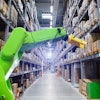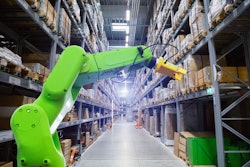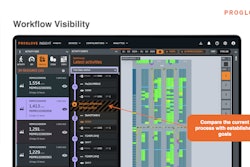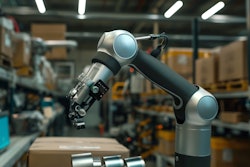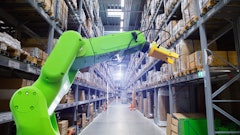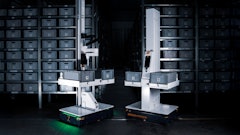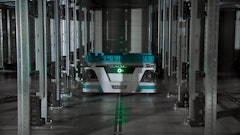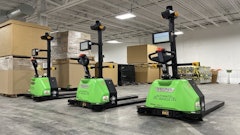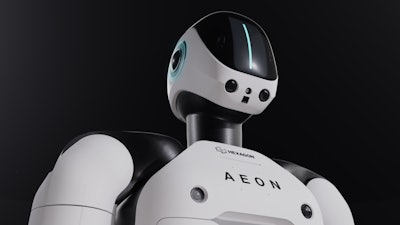
Drawing on expert interviews, global economic insights, and survey findings from automation leaders, the "Future of robotics 2035: Insights from industry experts” report from Hexagon reveals a pivotal turning point.
In fact, 82% of organizations have increased their automation investments in the past year due to GenAI capabilities. Additionally, Forrester’s Top 10 Emerging Technologies in 2025 report notes that in 2024, over 25% of global automation leaders accelerated robot investments across all robot categories as a result of gen AI. And yet, as Hexagon’s panel of experts highlights, challenges persist from costly integration with legacy systems to the urgent need for upskilling human talent.
“This report clearly indicates that the future isn’t going to be a clash of robot vs. human. It’s going to be about robots working with humans,” says Burkhard Boeckem, CTO, Hexagon. “We believe the most resilient and competitive organizations will be those that treat autonomy as a scaffold for human potential, not a replacement for it.”
Key takeaways:
· Expect interoperable robots to handle around half of routine industrial and service tasks by 2035, with robotics systems quietly integrated into the everyday, allowing workforces to evolve without sudden upheaval.
- The roadmap calls for embedding empathy, inclusion, and transparency from pilot phase to post-deployment support.
- The workforce remains wary but curious. Robotics companies can set themselves apart by deploying with empathy and focusing on the people. New deployments, when human-centered and transparent, are welcomed with enthusiasm – from selfies with inspection bots to reskilling pipelines that unlock new roles.
- Integration remains a major obstacle, with 41% of companies citing difficulty embedding robots into existing systems.
- Autonomy is becoming economically essential, not optional. Robotics investment is surging in regions facing the steepest demographic declines and operational headwinds.

